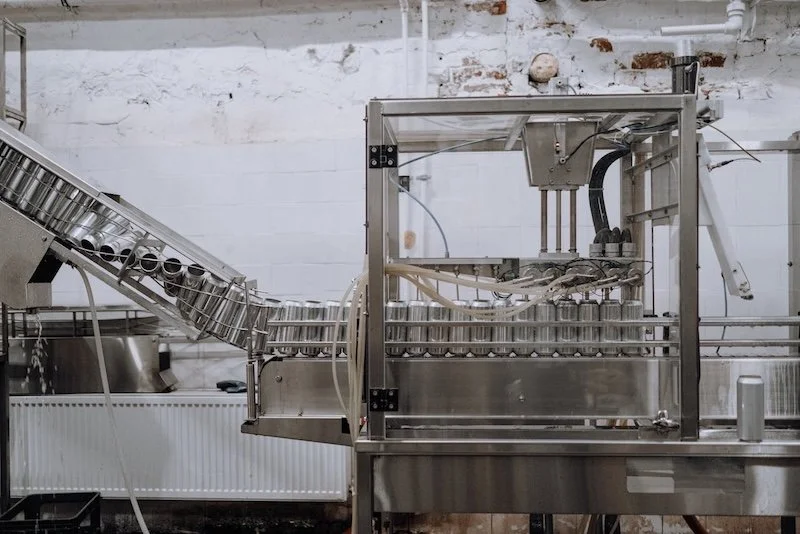Beyond Indica and Sativa: the future of cannabis classification
The cannabis classification system has been rather simplistic for a while. Not long ago, one looking for different strains in the market would only find Sativa, Indica, or hybrid options.
However, this classification is helpful, relating Sativa to uplifting effects while Indica plants induce calmness and relaxation.
While not untrue, this classification is no longer sufficient, as new scientific studies have recently proven. Here’s what you need to know.
Different shades of green
According to Ethan Russo, a global authority in medical cannabis, there are strains with distinctive biochemical features that don’t fit into the Indica vs Sativa dichotomy.
Such a classification can’t provide essential details directly impacting a strain’s effect, like cannabinoids and terpene levels. Releaf is here to give a fresh perspective and educate the public on the changes in cannabinoid classification.
It’s still debatable whether cannabinoids can be found in other plants, but certain cannabinoids, like CBG and CBD, have only been found in cannabis plants. Cannabinoids are strongly related to the Sativa strain, although it’s not common knowledge in the scientific community.
It’s also vital to stress that only cannabinoids from the THC family have intoxicating effects. In contrast, CBD doesn’t have intoxicating effects; it inhibits intoxication by reducing its reception by neural receptors.
Nowadays, CBD is used mainly in cannabis medication.
Terpenes are very similar to cannabinoids in structure but have a distinguishable aroma, unlike cannabinoids. There are over 400 terpenes, while there are no more than a few dozen types of cannabinoids. Effects can vary noticeably across different terpenes and likewise for different cannabinoids.
For instance, terpene linalool has relaxing effects, while limonene does the opposite.
A new mosaic
Nowadays, it’s possible to map which terpenes and cannabinoids are dominant in each flower. Terpenes and cannabinoid profiles provide a much more detailed picture of what a strain actually causes, instead of “Sativa does this, Indica does that.”
Software like Phyto Facts can analyse and map out all terpenes and cannabinoids in a single cultivar, creating a colour-based chart. It also identifies THC levels and which terpenes are responsible for their flavour and aroma.
Thanks to such detailed mapping systems, buyers know what to expect from each strain. If it causes relaxation, how does it taste or smell? What are the concentrations of essential components, such as CBD and THC?
Advanced algorithms and AI technology can significantly help with this task.
A wider menu
Recent scientific discoveries rendered the Sativa-Indica dichotomy nearly useless. Indeed, a more careful examination of terpenes and cannabinoids often pointed out that a Sativa strain could have similar effects to an Indica and vice versa.
This is because there’s an overlap of specific terpenes and cannabinoids found in both types. Traditional classification isn’t only incomplete, but frequently misleading.
Measuring terpenes is the best way to predict the features and effects of any strain. Here are some terpenes that define each medical strain's essential features.
Limonene
Limonene is responsible for the citric scent and is found in other plants and fruits. Its effect is linked to pain relief.
Linalool
Linalool adds a scent of lavender and can be found in plants like laurel, rosewood, and birch. Strains that are high in linalool produce a soothing and stress-relieving effect.
Myrcene
Myrcene is the most common terpene in cannabis plants. Its spicy scent resembles thyme, hops, and lemongrass.
Pinene
Pinene derives its name from its woody scent of pine needles, sage, and conifers.
Caryophyllene
Similarly to myrcene, caryophyllene has a peppery smell, with aromas associated with hops, cloves, and rosemary.
Old and new labels
Clearly, the Indica-Sativa classification doesn’t tell the whole story. The level and variety of terpenes largely depend on breeding and cultivation choices. Yet, some terpenes are more often found in one or the other.
A study by a team of scientists from Dalhousie University suggests that bergamotene and farnesene are more commonly found in Sativa strains. Likewise, Sativa strains have a fruity and citrus aroma associated with limonene and similar terpenes.
The same research points out that Indica strains usually have high levels of myrcene, explaining their soothing effect. Linalool, humulene, and beta-caryophyllene are also consistently present in Inca strains. They are responsible for their floral and spicy scents.
Thankfully, the classification system has significantly improved lately. University of New Mexico researchers developed a world-first index for cannabis flowers. The indexation process and its results have been published in 2023. In the paper, the authors point out that this system can be handy for patients, healthcare providers, and retailers.
The index is based on the chemovar of each flower, measuring levels of CBD, THC, and prevalent terpenes. It’s the first step to leaving the straining naming system behind. Instead, buyers can choose their flowers based on their phytochemical properties, resulting in more predictable effects.
More importantly, this system also allows for a better measurement of each plant's potential side effects.































Continue reading…